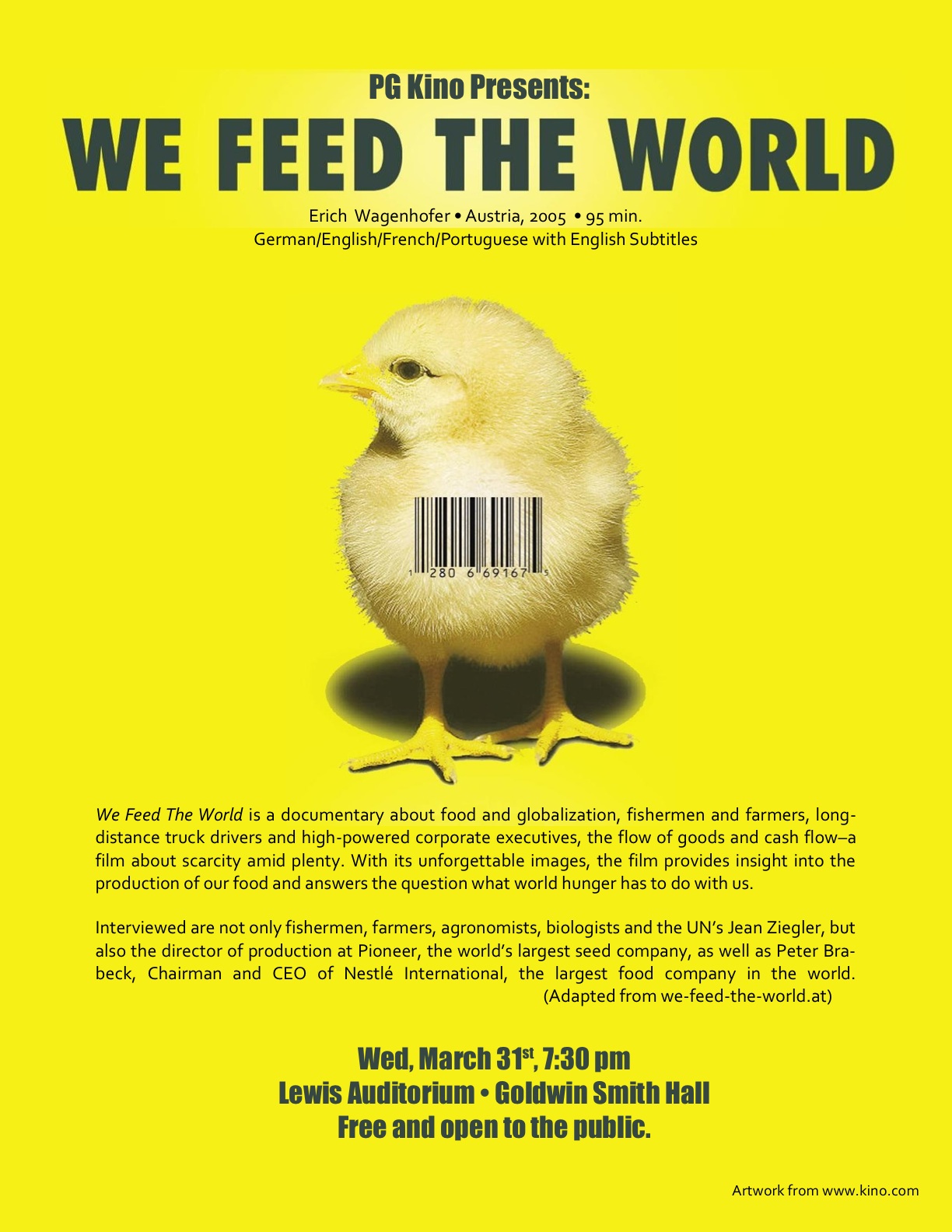In a world where over 800 million people suffer from hunger, the challenge to feed the world has never been more critical. As the global population continues to grow, reaching an estimated 9.7 billion by 2050, the demand for food will increase dramatically. This article explores the multifaceted approach needed to address food security, emphasizing sustainable practices, innovative technologies, and global cooperation.
This comprehensive guide will delve into various strategies that can help nourish the planet while considering environmental impacts and social equity. We will examine the role of agriculture, technology, and policy in creating a resilient food system. By understanding these elements, we can better equip ourselves to tackle the pressing issue of hunger and malnutrition worldwide.
Join us as we explore the critical components of feeding the world, and discover how individuals, communities, and governments can work together to create a sustainable future for all.
Table of Contents
- Introduction
- Understanding Food Security
- Current State of Hunger
- Sustainable Agriculture Practices
- The Role of Technology in Food Production
- Global Cooperation for Food Security
- Policy and Regulation to Support Food Security
- Conclusion
Understanding Food Security
Food security is defined as the state in which all people have physical, social, and economic access to sufficient, safe, and nutritious food that meets their dietary needs and food preferences for an active and healthy life. There are four key dimensions of food security:
- Availability: The consistent supply of food through production, distribution, and exchange.
- Access: The ability of individuals to obtain food, which can be influenced by economic factors and social conditions.
- Utilization: The proper biological use of food, requiring a diet that provides essential nutrients.
- Stability: The ability to maintain food security over time, despite fluctuations in availability and access.
Current State of Hunger
As of 2023, the world faces a significant hunger crisis. According to the United Nations, around 828 million people are undernourished, a number that has increased due to various factors including COVID-19, climate change, and conflict. Here are some alarming statistics:
- Approximately 2.3 billion people do not have enough food to meet their dietary needs.
- In 2022, global food prices reached record highs, exacerbating the situation for vulnerable populations.
- Conflict zones are disproportionately affected, with nearly 60% of the world’s hungry living in conflict-affected areas.
Sustainable Agriculture Practices
Sustainable agriculture plays a vital role in feeding the world while conserving resources for future generations. Key practices include:
Crop Rotation and Diversity
Implementing crop rotation and growing a diverse range of crops can improve soil health, reduce pests, and increase resilience against climate change.
Organic Farming
Organic farming methods avoid synthetic fertilizers and pesticides, promoting biodiversity and healthier ecosystems.
The Role of Technology in Food Production
Innovative technologies are transforming the agricultural landscape, making food production more efficient and sustainable. Some notable advancements include:
Precision Agriculture
Utilizing GPS and IoT devices, farmers can monitor crop health, soil conditions, and weather patterns to make informed decisions that optimize yields.
Vertical Farming
This innovative approach allows for food production in urban areas, reducing transportation costs and providing fresh produce to city dwellers.
Global Cooperation for Food Security
Addressing the challenge of global hunger requires collaboration among nations, organizations, and communities. Key initiatives include:
- International Aid: Providing support to countries facing food insecurity through funding and resources.
- Knowledge Sharing: Promoting best practices and innovations in agriculture and food distribution.
- Addressing Climate Change: Working together to mitigate the effects of climate change on food production.
Policy and Regulation to Support Food Security
Effective policies and regulations are essential to create an environment conducive to food security. Some crucial areas of focus include:
Investment in Agriculture
Governments should prioritize funding for agricultural research and development, ensuring that farmers have access to the latest technologies and practices.
Social Safety Nets
Implementing social safety nets can help vulnerable populations access food during crises, preventing hunger and malnutrition.
Conclusion
Feeding the world is a complex challenge that requires a multifaceted approach, combining sustainable agricultural practices, innovative technologies, global cooperation, and effective policies. By working together, we can create a food system that is resilient, equitable, and capable of nourishing future generations. We encourage you to join the conversation about food security—leave your comments below, share this article, or explore other resources on sustainable practices.
As we move forward, let us remain committed to the goal of ending hunger and ensuring that everyone has access to the food they need to lead healthy and active lives.
You Might Also Like
The Fascinating World Of Alter Ego: Understanding Its Depth And ImpactWhat Is A Heart Murmur? Understanding Causes, Symptoms, And Treatment
How To Clean Your Coffee Maker: A Step-by-Step Guide
Discover The Best Frying Pan: Your Ultimate Guide To Choosing The Perfect Cookware
Exploring The Majestic Grand Canyon: A Comprehensive Guide
Article Recommendations
- How To Make Raphael In Infinite Craft
- Deacon Johnson
- Arianna Lima 2024
- Financial Empowerment_0.xml
- Talulah Riley
- Wallet With Pull Tab
- Data Driven_0.xml
- Convert Excel To Html Table
- Long Handled Post Hole Diggers
- Hig Roberts


